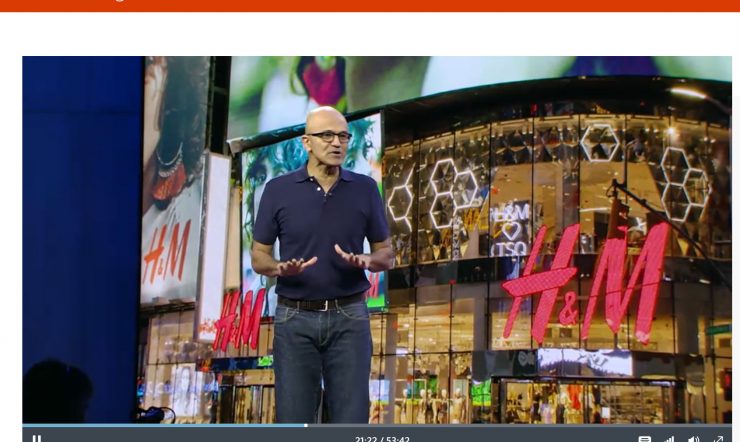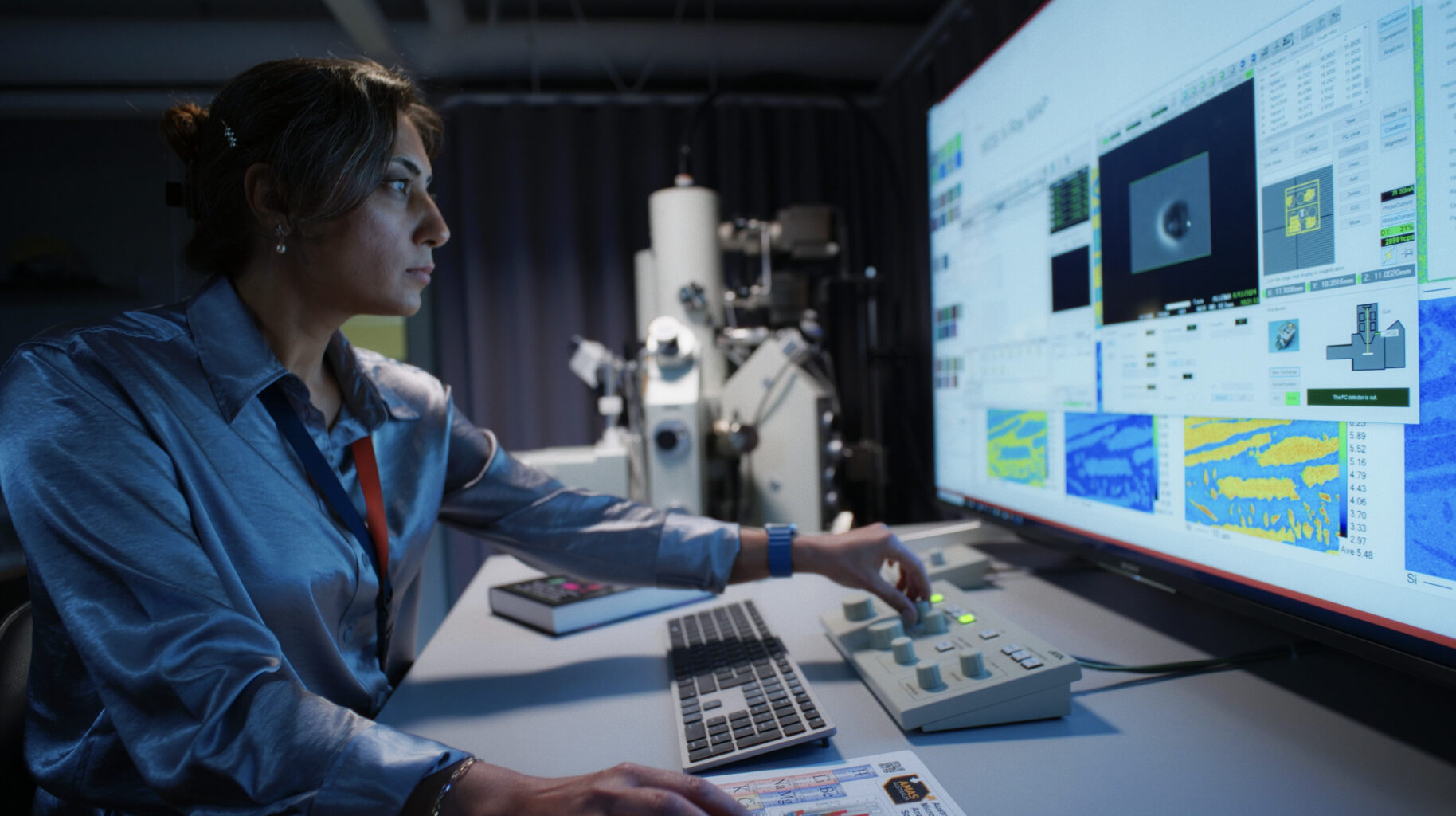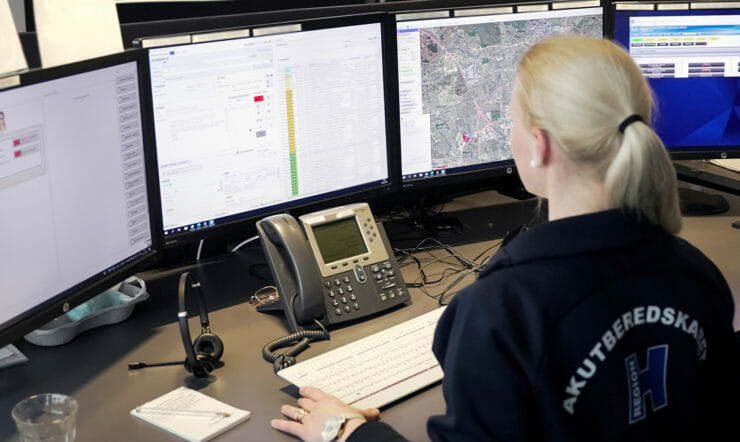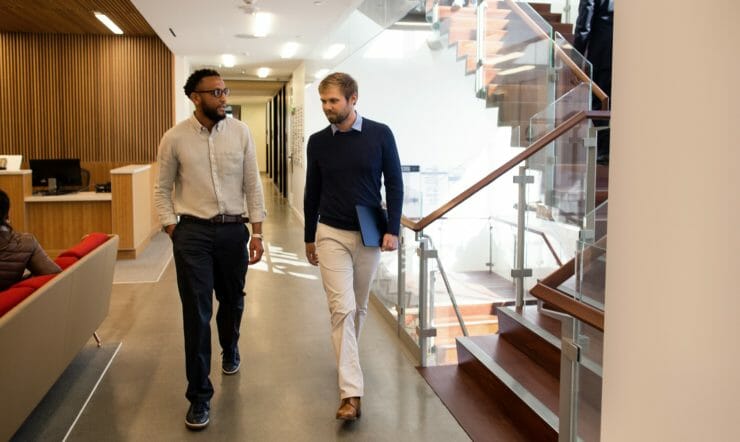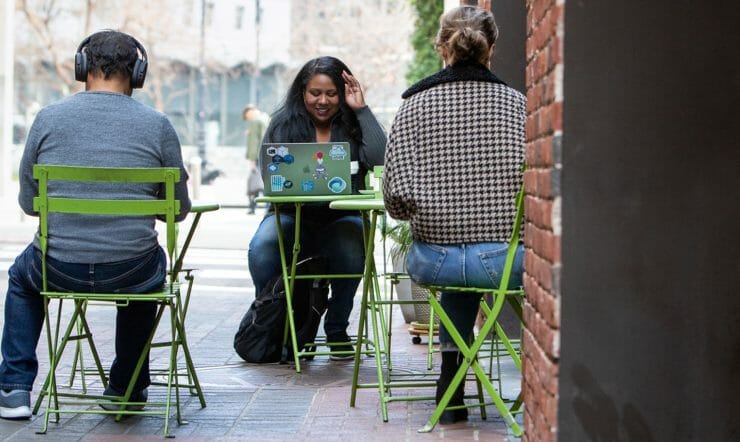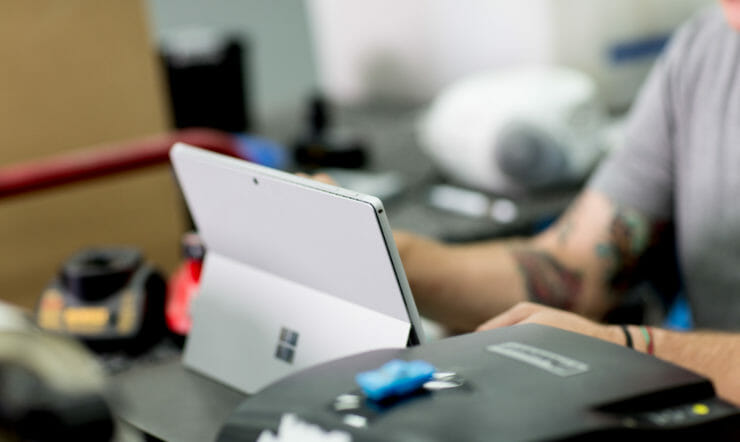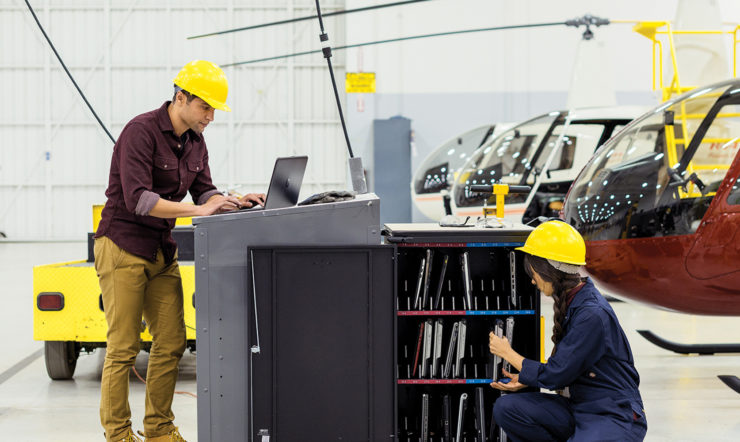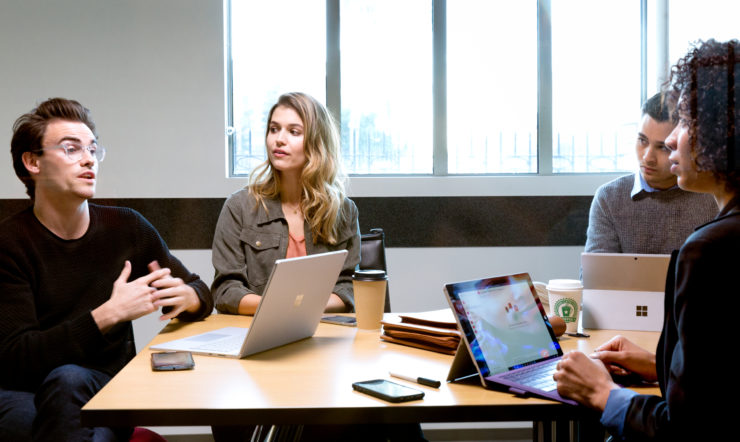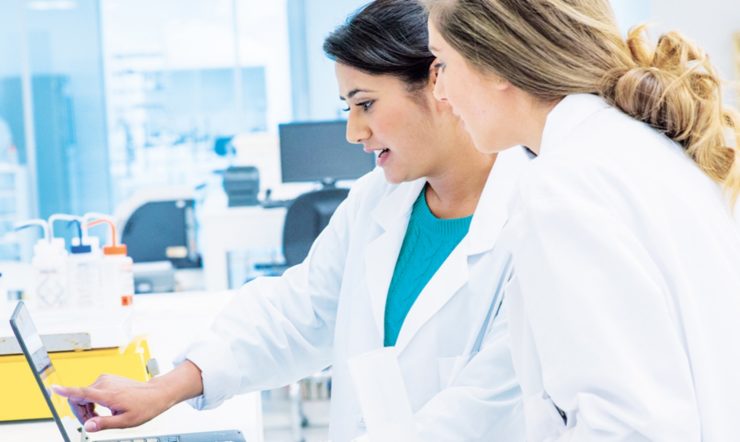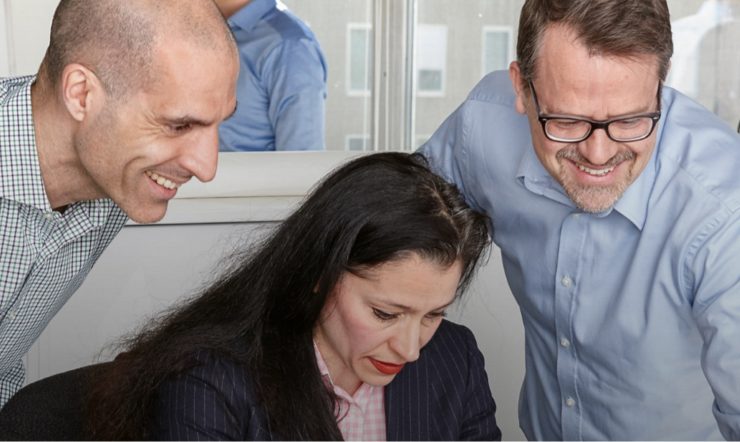Alleima Guru, a generative AI solution that is trained on the company’s 60,000 research reports, is accelerating information flows and enabling researchers to develop new hypotheses. “We are all impressed with how good it is”, says Eva Lindh-Ulmgren, head of research and development at Alleima’s Tube division.
Alleima is a global manufacturer of highly refined stainless steel, special alloys, and industrial heating products. “The more complex the material composition, the better we thrive”, says Mathias Johansson, Alleima IT manager.
The company’s epicenter is Sandviken, Sweden, where half of the nearly 6,500 employees work. Alleima’s researchers focus on material development, which is used in everything from the aerospace industry to the medical field.
The company’s long history, it was founded in 1862, has generated an extensive database of 60,000 reports. “The idea of creating our generative AI solution in Microsoft Azure AI Studio was born to efficiently utilize the information we’ve gathered over our 160 years”, Lindh-Ulmgren shares.
The idea was presented and approved by Alleima’s management team in May 2023. By December 2023, a prototype of Alleima Guru was completed. “We want to show that, even as a traditional company, we can use new technology. We want to find more use cases, but this was the first idea, and we are now realizing it”, Johansson explains. “The hope is that our researchers will quickly and efficiently gain access to our collective knowledge.”
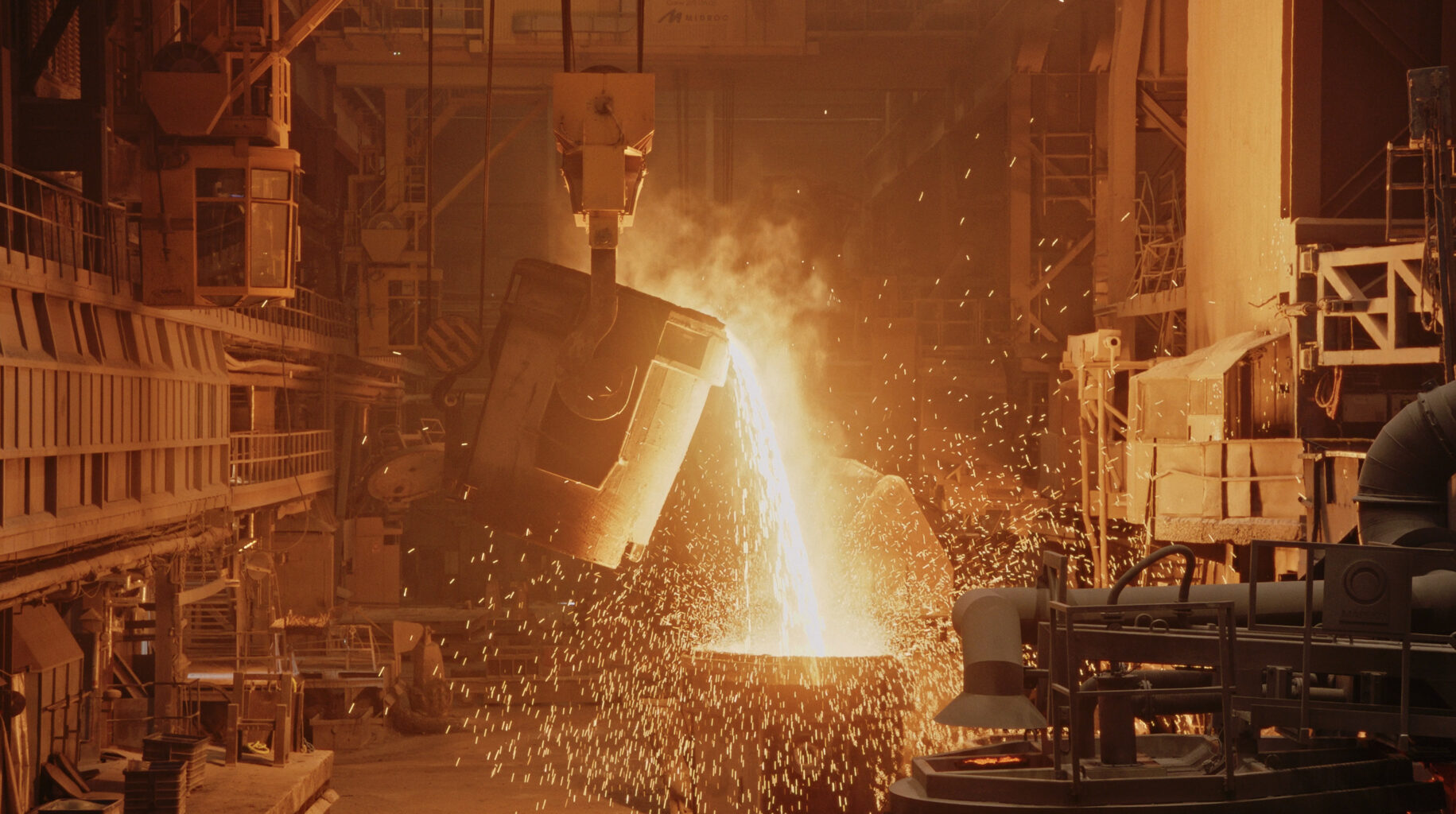
Alleima Guru Saves Time
All the research and development that the company has conducted is documented. However, accessing this information today is challenging. “These are extensive reports with many pages. I believe the contents can create significant value for researchers in their daily work, especially when time is saved in searching”, says Lindh-Ulmgren.
Alleima Guru can summarize large amounts of complex information. It can also generate new ideas and hypotheses based on previous research. “It’s then up to our researchers to test if the hypothesis holds. Alleima Guru can come up with hypotheses we humans wouldn’t have thought of.”
Alleima developed Alleima Guru together with Microsoft’s partner company, KPMG, which provided deep technical expertise. The plan is to launch Alleima Guru broadly to researchers during the summer. “It is essential that we, as researchers, can trust it, otherwise, the whole concept falls apart. When Alleima Guru answers a question, it also references the report or reports on which it bases its information, and that’s vital.”
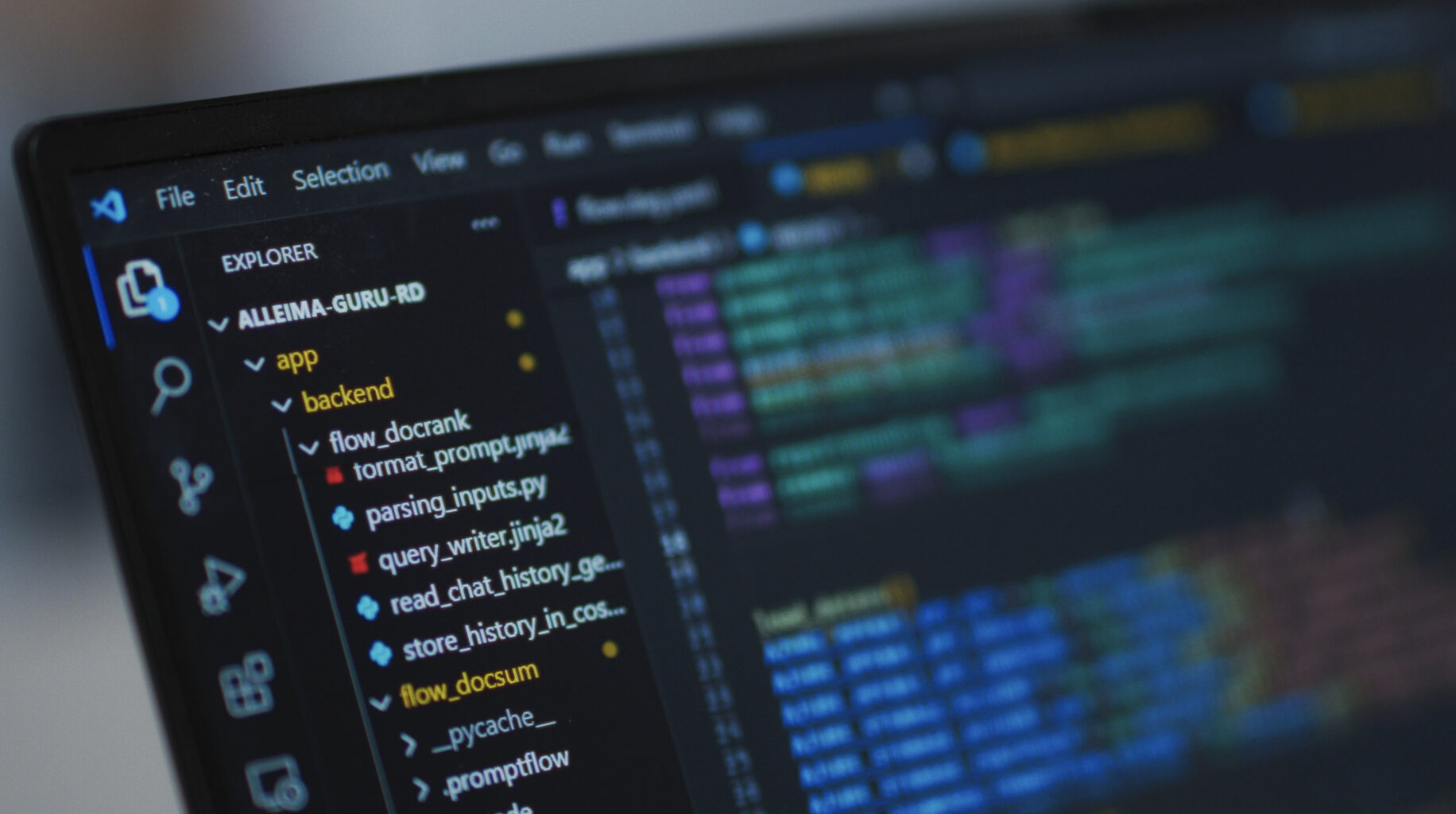
Cross-Functional Work Group
A cross-functional work group comprising IT personnel and researchers has ensured that Alleima Guru provides accurate information to create a secure generative AI solution. “It’s exciting to see the enthusiasm from the team that worked on this”, says Johansson. “We’ve found talented researchers who see it as a tool for the future, and they combined their expertise with IT personnel who have worked on setting the architecture and structure and making decisions about which products to use.”
To truly validate and establish Alleima Guru’s credibility, the group engaged one of Alleima’s most senior researchers. “We call him our guru. He knows almost everything about our materials and processes. When he became convinced of the tool’s strengths, we knew we were on the right track”, explains Lindh-Ulmgren.
Both Mathias Johansson and Eva Lindh-Ulmgren emphasize the importance of a use case if you want to start experimenting with generative AI. This was easy for Alleima because their 60,000 reports contain a vast amount of information that their AI solution could be trained on. They started by narrowing down the information to one type of steel. “We ended up with 4,000 documents, which was a manageable size for creating the model. It was a wise decision”, said Johansson. Lindh-Ulmgren adds, “Narrowing it down to one subject area made it easier for us to validate the design and get answers on how good it could become. We could ask relevant questions that we could then review.”
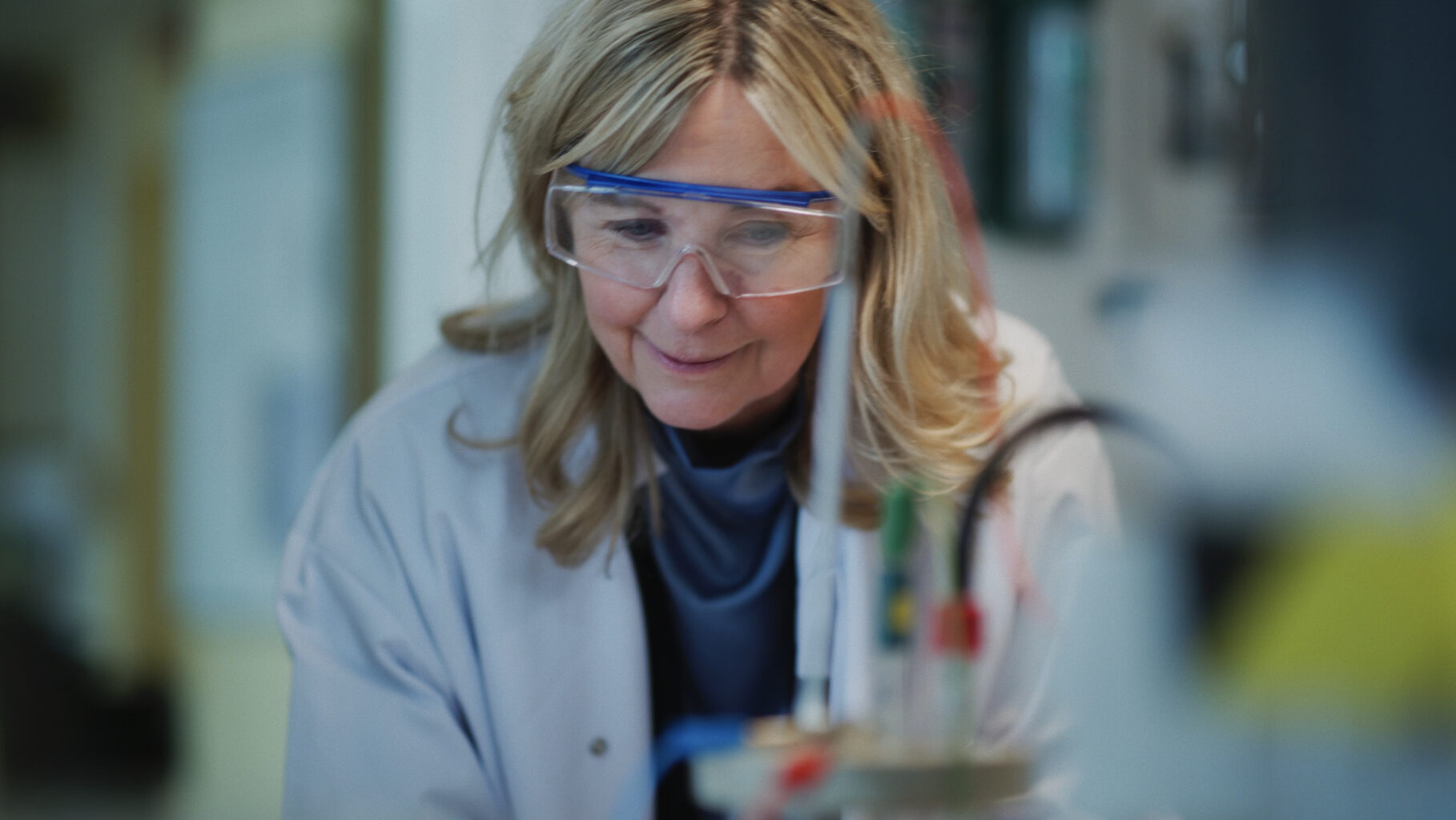
“An Incredible Opportunity”
The tool is being launched now, and those who have tested it are inspired. “They think it’s great and see it as an incredible opportunity. For my part, I also see it as a unique chance to preserve and spread knowledge within the organization. We can’t expect our researchers to stay for 30-40 years. Retaining their collective knowledge requires innovative solutions”, said Lindh-Ulmgren. Today, web-based training sessions have been prepared and a training plan has been developed for the entire research team. “We go through what AI is and then what the tool is. We explain how to work in it, write effective prompts, and work with information security in a good way”, says Johansson. “With my 25 years in the industry, I believe generative AI is the most potent technology. I think those companies that are most curious and good at ‘relearning’ will be the best at utilizing this technology. In Alleima’s case, I feel very hopeful”, Johansson adds.
Things to consider when creating your AI solution, according to Eva Lindh-Ulmgren and Mathias Johansson
- Find a strong use case—This should be carefully considered. What would we gain from having this particular use case? It is very important to apply it to the right thing.
- Think through the team you assemble – Carefully consider the workgroup. What roles should be included? What personalities? Create a cross-functional team. Include people who can be involved early in validating the product by asking relevant questions and reviewing the answers. The goal is to develop the tool to become robust and continually accurate.
- Seek external help—We received invaluable support from KPMG and Microsoft, who allowed us to operate in their environments. The entry was smoother than it would have been without them. KPMG provided us with the expertise needed to build the necessary environments.
